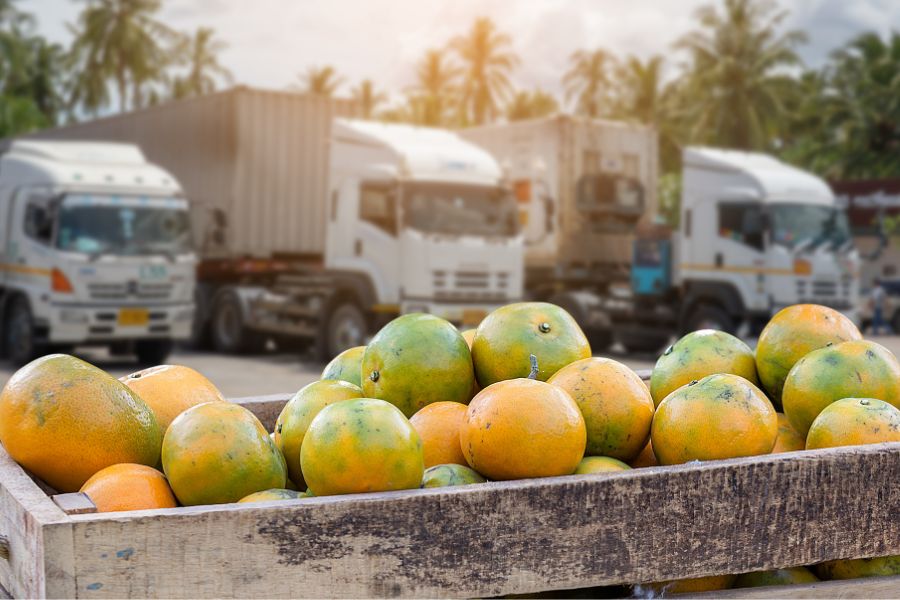In the ongoing quest for sustainability within the global food system, the cold chain—a temperature-controlled supply chain—plays a pivotal role far beyond merely preserving the freshness of perishables. It stands at the forefront of efforts to reduce food waste, support sustainable agricultural practices, and diminish food miles. By efficiently managing the logistics of temperature-sensitive products from farm to consumer, the cold chain not only ensures the quality and safety of food but also significantly impacts environmental sustainability. This blog post explores the multifaceted contribution of cold chain logistics to sustainable agriculture and the reduction of food miles, shedding light on aspects often overlooked in mainstream discussions.
Enhancing farm-to-table efficiency
The cold chain is instrumental in creating a more direct and efficient farm-to-table pathway. By maintaining optimal temperatures throughout the transportation and storage phases, it significantly reduces the risk of spoilage and waste. According to the food and agriculture organization (fao), approximately one-third of all food produced globally is lost or wasted, contributing to 8% of global greenhouse gas emissions. Efficient cold chain logistics can drastically cut these losses, especially in developing countries where cold chain infrastructure is less established. By doing so, it not only conserves the resources invested in food production but also supports the viability of local farming, promoting sustainable agricultural practices by ensuring farmers get their produce to market in prime condition.
Reducing food miles through localized cold chains
Food miles, the distance food travels from production to consumer, are a significant concern in discussions of food system sustainability. The expansion and optimization of localized cold chain logistics can substantially reduce food miles by facilitating the distribution of locally grown produce, even to urban centers. This localized approach diminishes the reliance on long-distance food transportation, which is typically associated with higher carbon emissions and energy consumption. Moreover, by supporting the distribution of local produce, cold chain logistics help maintain biodiversity and encourage consumers to eat seasonally, further aligning with sustainable agriculture principles.
Supporting renewable energy integration
Innovations in cold chain logistics include the integration of renewable energy sources into refrigeration processes. Solar-powered cooling systems and electric refrigerated transport options are emerging as viable solutions to reduce the carbon footprint of cold chain operations. For instance, solar-powered cold storage units in rural farming communities can significantly reduce post-harvest losses, ensuring that more of what is grown reaches the consumer. This integration of renewable energy not only makes cold chain operations more sustainable but also aligns with global efforts to transition to cleaner energy sources in combating climate change.
Cold chain as a catalyst for sustainable packaging
The push for sustainability within cold chain logistics extends to packaging innovations. The development of reusable and recyclable packaging materials for temperature-sensitive products is on the rise, reducing the demand for single-use plastics and other environmentally harmful materials. These sustainable packaging solutions, coupled with efficient cold chain management, contribute to a circular economy model, where materials are kept in use for as long as possible, extracting maximum value while in use, then recovered and regenerated at the end of their service life.
Conclusion
The cold chain’s role in sustainable agriculture and reducing food miles extends far beyond the preservation of perishables. It is a vital component in enhancing the efficiency of farm-to-table pathways, supporting local economies, integrating renewable energy sources, and fostering sustainable packaging practices. As the global community continues to grapple with the challenges of food security, climate change, and environmental degradation, the cold chain offers tangible solutions that contribute to a more sustainable and resilient food system. Embracing and expanding these contributions will be crucial as we move towards a more sustainable future for our global food system.





